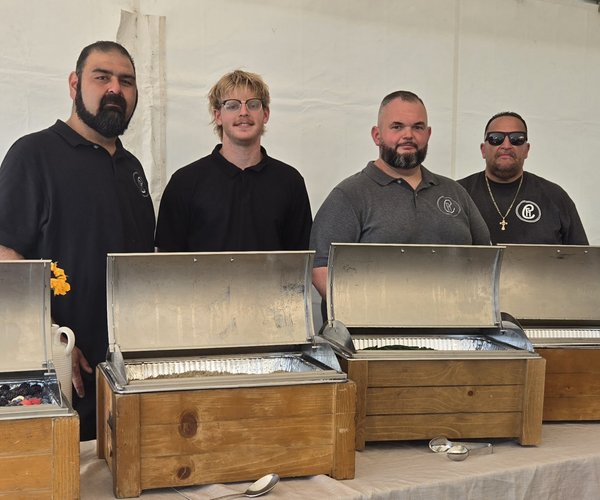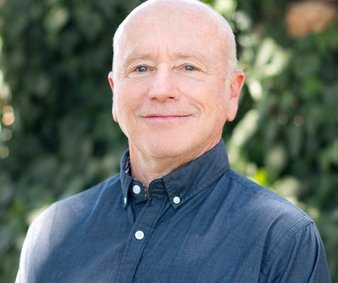A nationwide memorandum of understanding has been established in a lawsuit between the United Egg Producers and the Humane Society of the United States (HSUS) over the size of cage space for egg laying hens.
The agreement is a step toward reconciliation for egg producers like Stanislaus County- based JS West, who also filed a lawsuit against the HSUS in December 2010.
The lawsuits began after California voters passed Proposition 2 in 2008 to increase cage sizes and improve living conditions for hens in egg-laying production facilities. The problem was that Prop. 2 did not specifically address cage dimensions or living conditions requirements for egg producers. The HSUS had been calling for cage-free egg laying facilities and egg producers concluded that enriched colonies with cages of about 116 square inches or 4 by 12 feet for up to 60 hens was sufficient.
“All we’ve ever wanted was clarification as to what we needed to do in order to comply with what voters wanted and HSUS just said they wanted cage free. This agreement is a far cry from cage-free, I think our lawsuit put pressure on them,” said JS West Vice President Jill Benson.
In 2010 JS West was the first in the state to build a new hen housing facility (located in Livingston) for 150,000 hens at a cost of $3.6 million, but the Humane Society felt the facility failed to meet standards.
“We call it an enriched colony system and the goal is to provide a holistic approach for the hens. The hens have nest boxes, emery boards for scratching claws and perches,” explained Benson. “The hens can perform their natural behaviors when laying eggs and we give them fresh feed and fresh water.”
Hens at the barn are also assigned a human caregiver who walks the barn and gives proper medical care, when needed.
Plans to build further new facilities were on hold until the lawsuit was concluded or HSUS provided clarity on requirements.
While the memorandum of understanding gives the egg producers the clarification they wanted, they still feel California is getting a rotten deal. At this point California egg producers must comply with regulations by 2015, unlike the rest country which has the next 18 years to come into compliance.
“We welcome the recognition by HSUS that the enriched colony system is a suitable hen habitat,” said Arnie Reibli, president of the Association of California Egg Farmers. “At the same time, we are very disappointed that California is not being treated equally as the other 49 states. While the rest of the nation’s egg producers have until 2029 to spend an estimated five billion dollars necessary to comply with this agreement, California egg farmers must comply by 2015.”
With the understanding, Benson said the rules could still cost California egg farmers $550 million.
“It’s going to cause the price of egg to go up. We estimate it will cost us (JS West) about $30 million to build new egg farm barns for 1.8 million hens,” said Benson.
JS West also estimated it will cost California egg farmers more than $1 billion to upgrade existing barn/ housing facilities for 19 million hens statewide by 2015.
To view live video of the enriched colony at the JS West egg production facility in Livingston visit www.jswest.com and click on the Hens Live icon in the red-striped banner.
To contact Jonathan McCorkell, e-mail, jmccorkell@turlockjournal.com or call 634-9141 ext. 2015.









